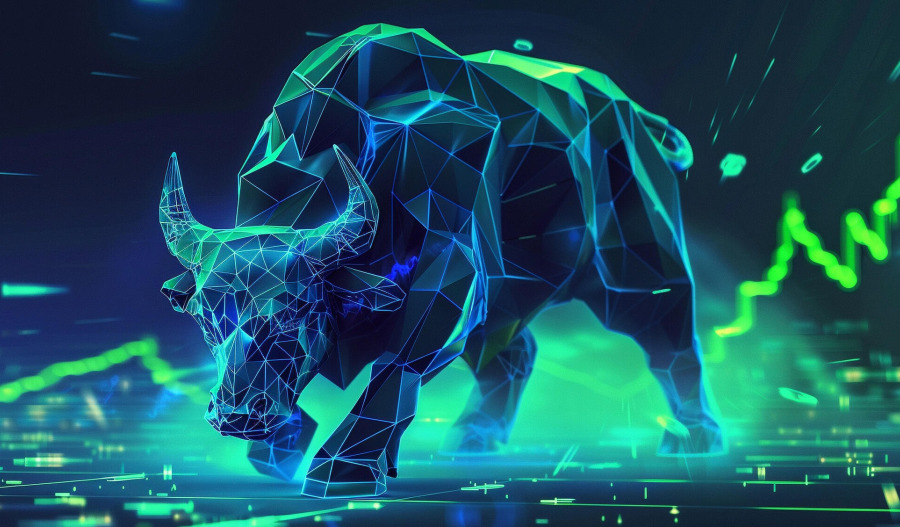VanEck is capitalising on the booming demand for uranium with plans to launch a uranium exchange-traded fund (ETF) on the ASX on 30 October, making it the issuer’s 47th ETF to list on the ASX.
Dubbed the VanEck Uranium and Energy Innovation ETF (ASX: URAN), the ETF will provide investors with targeted exposure to global companies across the uranium and nuclear energy value chain.
What’s clearly attracted VanEck to the underlying narrative around uranium are clear signals that the soft yellow commodity is in the early phases of a global nuclear power renaissance.
“Major governments have committed to ramping up nuclear power capacity and utilisation, recognising the vital role it can play as part of a resilient, low-carbon energy mix," said the company’s Asia Pacific CEO Arian Neiron.
Neiron also reminded investors that the structural growth opportunity underpinning uranium spans the entire value chain, from the miners and reactor developers through to the enrichment plants and engineers.
"URAN is designed to give investors targeted, rules-based access to this high-growth segment, which is under-represented in most benchmarks," Neiron said.
While Neiron expects a long runway for the nuclear ecosystem as more countries come on board, existing capacity expands, and new technologies provide safer and more efficient means of production, not everyone is convinced that uranium’s upside is watertight.
It’s true, demand for uranium has been rising globally as governments increasingly build nuclear energy into long-term infrastructure and decarbonisation plans.
Japan targets around 20% of its energy consumption to be nuclear by 2040, while the U.S. aims to triple its capacity by 2050.
Here in Australia alone, a recent Climate Change Authority report suggests powering data centres, which could consume 10% of the nation’s energy consumption in 2035.
Having read the tea leaves and concluded that uranium is re-emerging as a key enabler of AI workloads, mid-September saw Mercuria become the first major commodity house to launch physical trading in uranium, joining banks Natixis and Citibank.
Also adding to uranium’s newly attributed moniker as the latest darling commodity are World Nuclear Association expectations of demand for the stuff - to power nuclear reactors - more than doubling by 2040 as governments look to meet carbon targets and technology firms scramble to power AI.
Myriad complications
But while commodity analysts share VanEck’s sentiment towards uranium, they’re also quick to flag myriad complications.
At face value, the arrival of the age of AI and its demands on electricity – after decades in stagnating demand – puts uranium front and centre of any future energy discussions.
But while the table stakes for uranium may have been raised in the eyes of investors, existing producers are having a hard time delivering on what they’ve promised, let alone meeting the future demand.
During September, the world’s two largest uranium miners, Cameco and Kazatomprom, have both taken razors to their production forecasts.
Closer to home, Paladin Energy (ASX: PDN) also did little to encourage investors when it lowered its expected sales and production guidance.
At 12%, Paladin is the 6th most shorted stock on the ASX, while ASX-listed uranium rival Boss Energy (ASX: BOE) tops the list with a whopping 22% of trades taking a short position on the stock.
But whether you’re a true believer in uranium’s future or not, the numbers are currently doing the talking.
Global X analysis showed uranium-focused and related thematic ETFs have delivered stronger returns than gold ETFs year to date.
The Global X Uranium ETF (ATOM) has added another $22 million, roughly 20% of assets under management year to date.
As a pure-play barometer of market sentiment towards uranium, ATOM’s recent share price performance is hard to ignore.
Since mid-April, the ETF’s share price has catapulted from $11.32 to $26.47 after nudging $30 earlier this month.
Outperformance of 'growth' companies over 'value'
Looking beyond uranium, VanEck also recently launched the VanEck MSCI International Growth ETF (ASX: GWTH), which aims to capitalise on the outperformance of 'growth' companies over 'value' stocks.
Targeting companies that are poised for rapid revenue and earnings expansion, the ETF offers investors a portfolio of 95 companies across a range of geographies, sectors and economies.
The ETF is heavily weighted to IT (40%) with Broadcom, General Aerospace, Nvidia, Palantir Technologies and Microsoft comprising the five largest holdings.
Since its launch late August, the ETF is up 8% to $21.81.
|
Meanwhile, new research by VanEck has revealed that ETF adoption among advisers has intensified in the last year, with over 70% reporting greater usage and 65% using two or more smart beta strategies.
The Australian ETF market recently passed the $300 billion mark, hitting the milestone significantly earlier than was expected.



